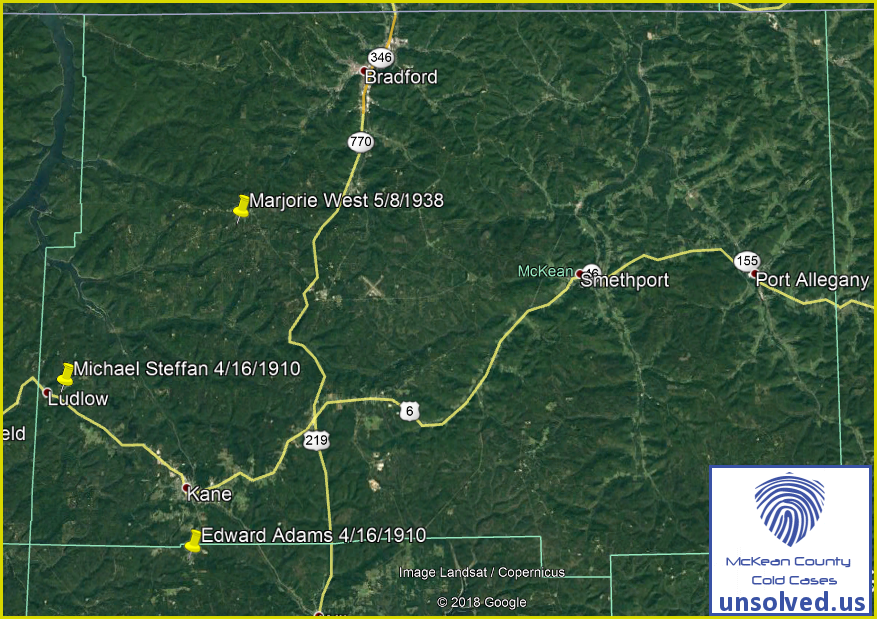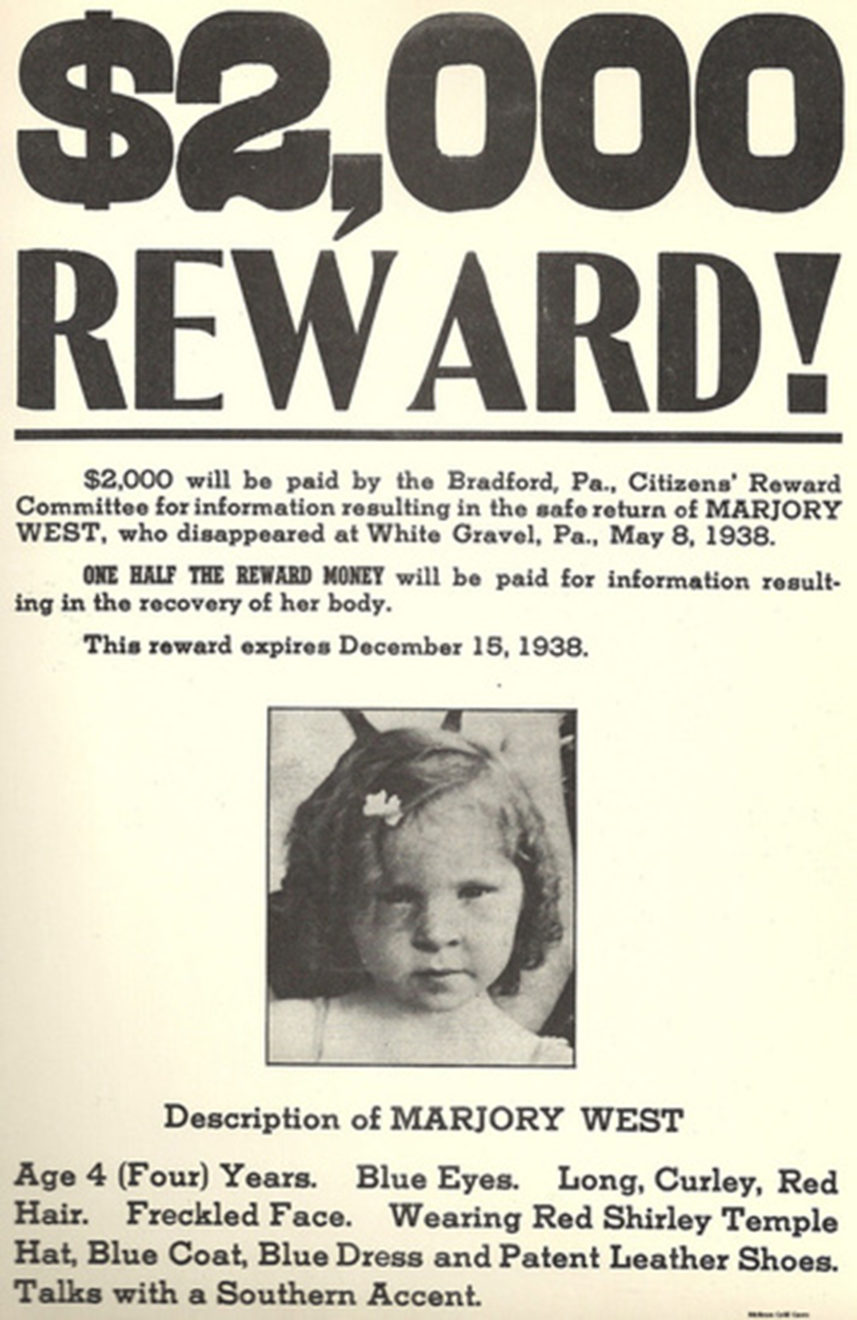I do not know the specifics of how and when the dogs were used in this case, other than what is stated in the case summary (see first post). I can say, however, that tracking dogs can be amazingly accurate and useful in a search - but that their usefulness and accuracy depend on various conditions.
I have trained tracking dogs in the past, and it is only the very young and inexperienced dogs who cross back and forth over a sent path. It is called "casting". An experienced tracking dog will almost immediately pick up an assigned scent and stay with it to the exclusion of all other scents.
Scent is left on the ground where a person walks, but it is left in a much larger "swath" to the side of the track where the wind has blown it. A large amount of this scent comes from the top of the persons head and exposed skin areas - not just from the soles of the feet.
Weather and climate conditions play a big part in how strong a scent track is. If it is cool and damp, the scent is very easy for the dogs to read. If it is very hot and dry, then it is harder for the dog, as the scent will evaporate and the heat and dryness make dry out the dog as well. Rain can wash away some of the scent, and time also dissapates it.
Experience of both dog and handler plays a major part as well. They work together as a team, with the dog reading the track, and the handler reading the dog, and interpreting his signals.
The police conclusion that Marjorie may have been picked up by a vehicle was based on the fact that a very readable track suddenly disappeared at the side of the road, and the flowers that she had been carrying were also there. The dog would have indicated to the handler that the flowers had been dropped by her. Tracking dogs are trained to stay with the track and not "cut corners" when the track doubles back this is so that nothing is missed such as a dropped object, weapon, etc. They are trained to either pick up a dropped object, or indicate to the handler in some way that it is there. Some point to it, others indicate vocally, others may simply wag the tail briefly.
The handler would not have simply stopped his dog at the finding of the flowers, he would have been encouraged by them and then disappointed when the dog began casting left and right trying to regain the trail.
A dog will always begin to "cast" when he loses the scent, going left and right, or move in expanding circles. The handler is usually about 30 to 40 feet behind the dog, and must hold the lead above his head and take up slack quickly so the the dog does not get tangled up in it during this time.
Dogs are trained over varying types of terrain, with various types of masking scents, and with various types of distractions. They are tested on a regular basis by other trainers and handlers. The American Kennel Club offers "Titles" to dogs who pass their very demanding tests.
Numerous attempts to regain the track would have been made before giving up on it.


